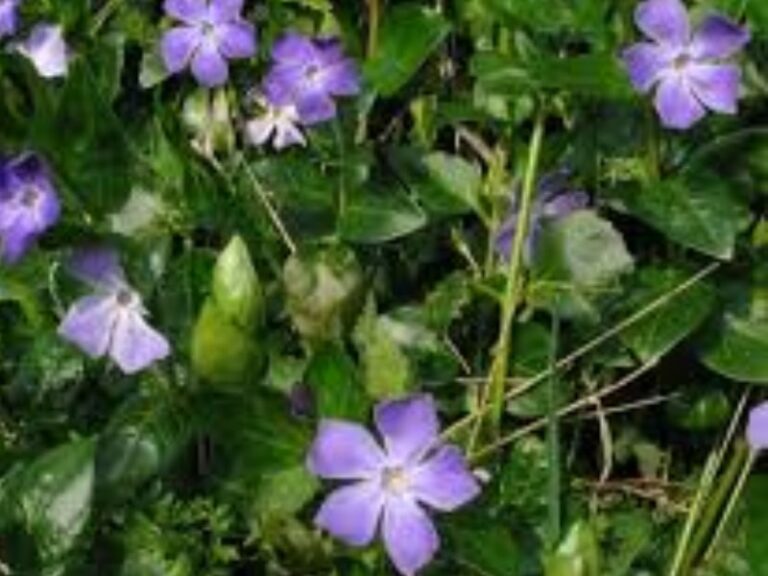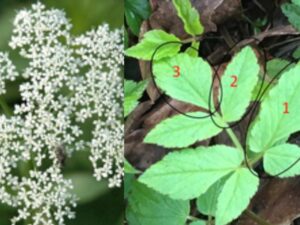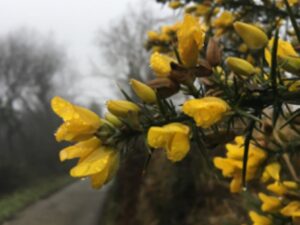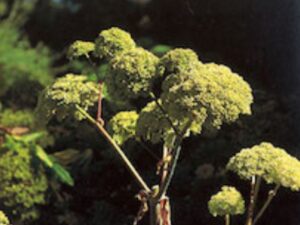Periwinkle (Greater and Lesser)- Vinca major and Vinca minor
As the Periwinkle has been cultivated for so long in in the British isles and has spread so successfully into our woods and hedgerows, there is uncertainty among botanist as to whether this is a native plant or not. It is a perennial plant and keeps it glossy leaves through the winter.
The lesser Periwinkle is used in modern herbal medicine for problems of the circulatory system epically the circulation to the brain. Its main uses are for Headache, dizziness, poor memory, tinnitus, some types of Hypertension, cramp, Ménière’s syndrome and behavioural disorders. It also has a part to play in in the digestive system, it can be used successfully in cases of indigestion, bloating and excessive wind. The parts of the plant used for this are the roots and leaves.
The greater Periwinkle has more of an affinity with women’s ailments and is widely used by herbalists for heavy and painful periods, blood loss between periods and discharge. Other uses are again for digestive problems such as colitis, diarrhoea and some circulatory problems such as nose bleeds, bleeding gums, mouth ulcers and sore throats. It is also used in some treatments for Diabetes. Parts of the plant used for these is herb, which means the whole plant that grows above ground.
As you can see, a very useful plant to have so close to home.
Vinca comes from the Latin meaning to bind. Its wiry runners were plaited into wreaths and used like string. In ancient times Periwinkle was known as the Sorcerer’s Violet and was used for love and fertility potions as well as a symbol for remembrance. It was also used to protect against ‘bad spirits’ and poisoning of all kinds, carrying a sprig with you would be certain to bring you prosperity and acceptance and bountiful good luck. To be sure of being bestowed with its good virtues, this charm should be said while picking, and at very specific times of the moon: i.e. when the moon is 1, 9, 11 or 13 nights old.
I pray thee, Vinca pervinca, thee that art to be had for thy many useful qualities, that thou come to me glad blossoming with thy mainfulness, that thou outfit me so that I be shielded and ever prosperous and un-damaged by poisons and by water.
These superstations concerning our dear little Periwinkle are very ancient and have been repeated by writers throughout history.
So pick a sprig of Periwinkle and magic up yourselves a little good luck for this brand new year! Wishing you all a very happy and healthy 2024 !
Jayne
And finally
Here is a poem by Nadia Kingsley:
Veni Vedi Vinca
It was her mother who, tasked
with the care of the garden,
chose 18 tiny pots of it,
didn’t know it was the periwinkle
had just believed the label:
makes most excellent ground cover,
when it’s always been about the height.
How we laughed, bound
in her lack of knowledge –
and how I could have brought across
a bucket of the stuff. Now, as days are
lengthening, we find we’re in the clutch
of winter. Vinca weaves
its glossy leaves in and through
the all of seasons, we’ve lost touch.




